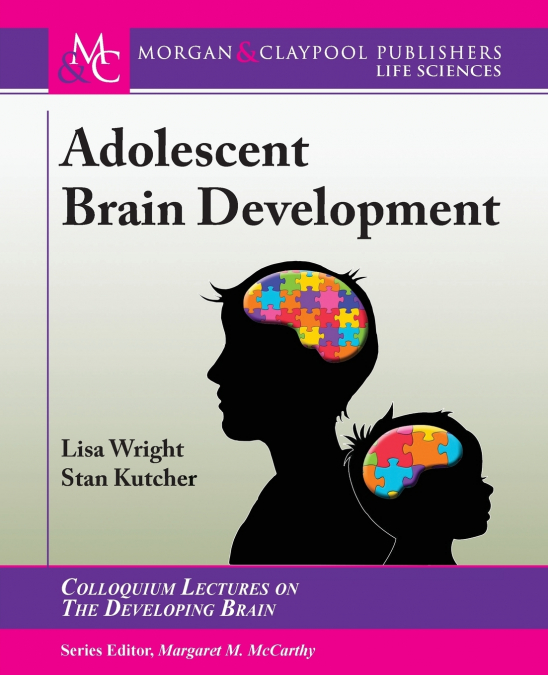
Lisa Wright / Stan Kutcher
Adolescent brain development is a fascinating, newly developing field that has so much to offer almost anyone interested in learning more. Adolescence has only come to be established as a unique developmental phase in the last few decades or so. We now know that the human brain undergoes dramatic developmental changes in the postnatal period, not only early after birth but also extending all the way into adulthood. These changes are not uniform, in that the brain regions undergoing the most change during adolescence are not the same as the regions that changed most in the early life period, and the processes of change also differ as we age. Some of the most important changes that we see during the adolescent period are: 1) pruning (or removal) of excessive neural connections, 2) increases in white matter, the portion of brain matter that allows different regions to communicate with one another, and 3) thinning of the cortex, which is comprised of the outer layers of brain matter. Compared with other areas of the brain, the frontal and temporal cortices undergo the most protracted changes in their structure, implying that developments in these areas play a large role in providing the foundation for adolescent behavioural changes. In this book, we compare adolescent behavioural changes with ongoing changes in the brain and discuss potential implications for health and educational policy-making.